2018 Bugatti Chiron Fuel Economy Figures Released: Not a Toyota Prius Rival Just Yet
The Bugatti Veyron EB 16.4 debuted in 2005 to spec sheet acclaim. On paper, there had never been anything like it. 16 cylinders, four turbos, 987 horsepower.
And 10 miles per gallon of premium gasoline.
The 2018 Bugatti Chiron is a better car, as it should be after more than a decade passed between development cycles. There are still 16 cylinders and four turbos, but Bugatti increased the power (having intermittently done so during the Veyron’s tenure) to 1,500 horses.
That 52 percent increase in power is not quite matched by a commensurate improvement in the distance travelled per gallon of premium gasoline. Not quite.
That said, the decision to add 513 horses — like adding to the Veyron the power of two Subaru Legacy six-cylinder powerplants — is not a decision that is expected to be associated with any fuel economy improvements. Nevertheless, time marches on, and the 2018 Bugatti Chiron will travel 10-percent farther on a gallon of gasoline than its Bugatti Veyron predecessor: 11 miles per gallon on the combined cycle.
In fact, the Chiron isn’t quite as efficient a highway traveller as some of the Veyron variants. The final five model years of the Veyron (2011-2015) were rated at 15 mpg highway. The Chiron drops to 14 mpg.
But because of the weighting the EPA testing procedure gives to city ratings — the Chiron is rated at 9 mpg city; Veyrons were 8-mpg cars — the 2018 Bugatti Chiron has the superior overall mpg rating. This is an important issue, a matter of grave consequence, as it speaks to the advances automakers make on the insides of engines and the outsides of cars to effectively reduce global emissions.
Granted, at top flight, a Chiron will empty its 26.4-gallon fuel tank in 12 minutes, so it may not be the darling of green car media. But if we could look forward to mainstream cars adding 50-percent more power and consuming 9-percent less fuel, all would be well with the world.
For the record, the Environmental Protection Agency says the Bugatti Chiron would annually cost $3,800 to fuel as a daily driver (8,250 city miles, 6,750 highway miles, $2.80/gallon) and $12,250 more to fuel than the average new vehicle over the course of five years.
[Images: Bugatti]
Timothy Cain is a contributing analyst at The Truth About Cars and Autofocus.ca and the founder and former editor of GoodCarBadCar.net. Follow on Twitter @timcaincars.
More by Timothy Cain
Latest Car Reviews
Read moreLatest Product Reviews
Read moreRecent Comments
- Jeff “So, the majority of our products are either ICE vehicles or intended to utilize those multi-energy platforms that we have. This is a great opportunity for us, compared to our peers, having the multi-energy platforms for all of our products in development and having the agility to move between them,” she said. From what is stated about the next generation Charger it will be released as a 2 door EV and then as a 4 door with the Hurricane turbo straight 6. I assume both the 2 door and 4 door is on the same platform.
- Brendan Duddy soon we'll see lawyers advertising big payout$ after getting injured by a 'rogue' vehicle
- Zerofoo @VoGhost - The earth is in a 12,000 year long warming cycle. Before that most of North America was covered by a glacier 2 miles thick in some places. Where did that glacier go? Industrial CO2 emissions didn't cause the melt. Climate change frauds have done a masterful job correlating .04% of our atmosphere with a 12,000 year warming trend and then blaming human industrial activity for something that long predates those human activities. Human caused climate change is a lie.
- Probert They already have hybrids, but these won't ever be them as they are built on the modular E-GMP skateboard.
- Justin You guys still looking for that sportbak? I just saw one on the Facebook marketplace in Arizona





















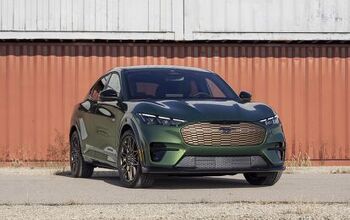
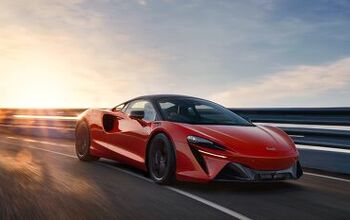
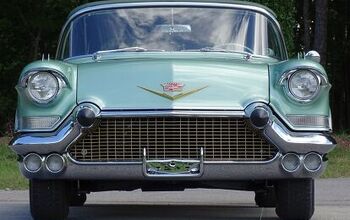
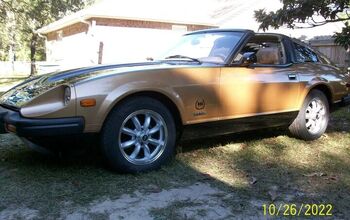

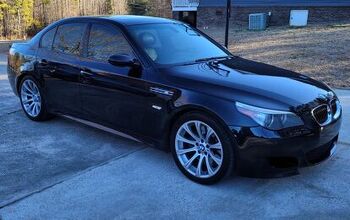
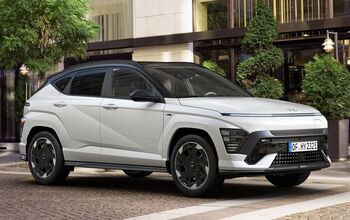
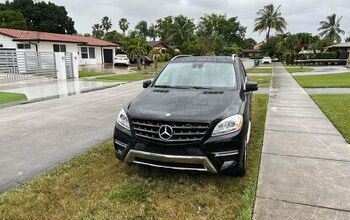


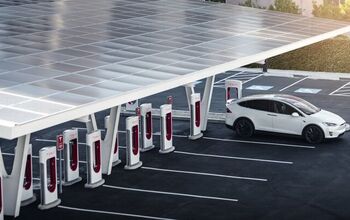


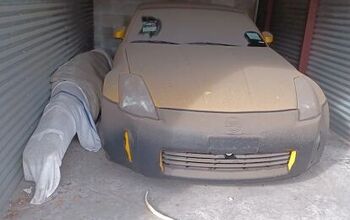
Comments
Join the conversation
No one daily drives a Chiron or the Veyron before it. Even very rich people avoid driving them because of the costs per mile other than fuel. Such as the tires that cost $35,000 a set every 2,500 miles. The wheels need to be replaced at every 3rd tire change at $50,000! That's $155,000 in wheels and tires at just 10,000 miles.
F1 cars cost about 1,000 times the fuel cost to operate and their fuel isn't pump gas as we know it.